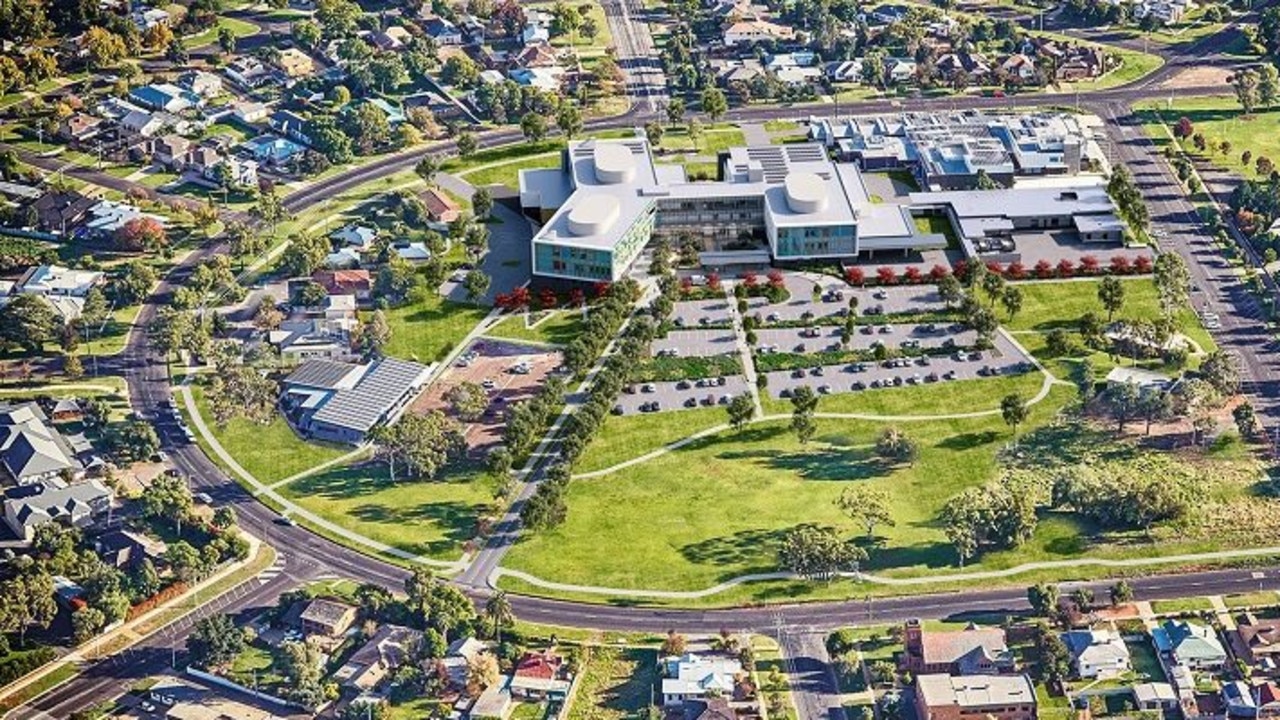‘Ridiculous’ reason cafe can’t fill $150,000 job
Would you work as a cafe manager for $150,000? It sounds like a no-brainer, but there’s a simple reason filling this job is all but impossible.

Economy
Don't miss out on the headlines from Economy. Followed categories will be added to My News.
Would you work as a cafe manager for $150,000?
In the dusty Pilbara mining town of Port Hedland, business owners like Chris Bleach all face the same problem — there aren’t enough workers, and even fewer homes for them to live in.
Even on wages more a third higher than those 1600 kilometres south in Perth, “a normal person who works in a cafe or as a hairdresser can’t afford the rental”.
“And it’s pretty tough finding people that want to come up here anyway obviously, because of the weather,” the 68-year-old added.
Port Hedland, which has a population of around 15,000, is one of countless regional cities and towns that say they’re desperate for more migration to fill chronic worker shortages — from baristas, hair dressers and nail salon workers to tradies, office professionals and fruit pickers.
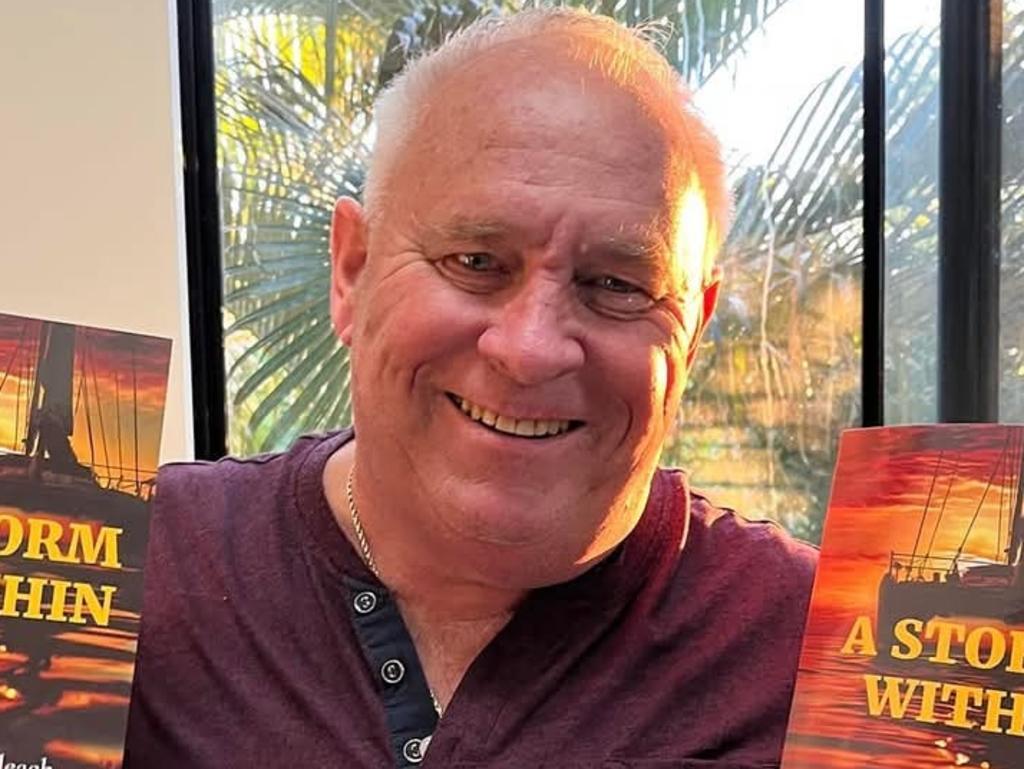
MORE: Australia’s fastest growing salaries
Mayor Peter Carter said towns like his need to be “$100,000-plus”.
“In Broome they were advertising for a barista for $100,000 a year,” Mr Carter said. “That’s why your coffee costs you $8.”
But just like the major capitals, where record migration has put unprecedented strain on rental markets, towns like Port Hedland and Karratha 200 kilometres away are also facing severe housing shortages.
Mr Bleach, owner of the popular C&Hai’s Cafe, said it was a constant struggle.
He would like to retire with his wife — he has been trying to sell the business since last year — or failing that, hire someone to run the business for them.
“We’ve been trying to find a manager,” he said.
“Finding that kind of position is really hard because the biggest problem here is accommodation. You’re going to be paying someone close to $100,000 just [as a salary], and the only way to get a manager here is to offer accommodation, which means straight away you’re looking at $150,000 a year. It would mean we wouldn’t be making very much out of the cafe.”
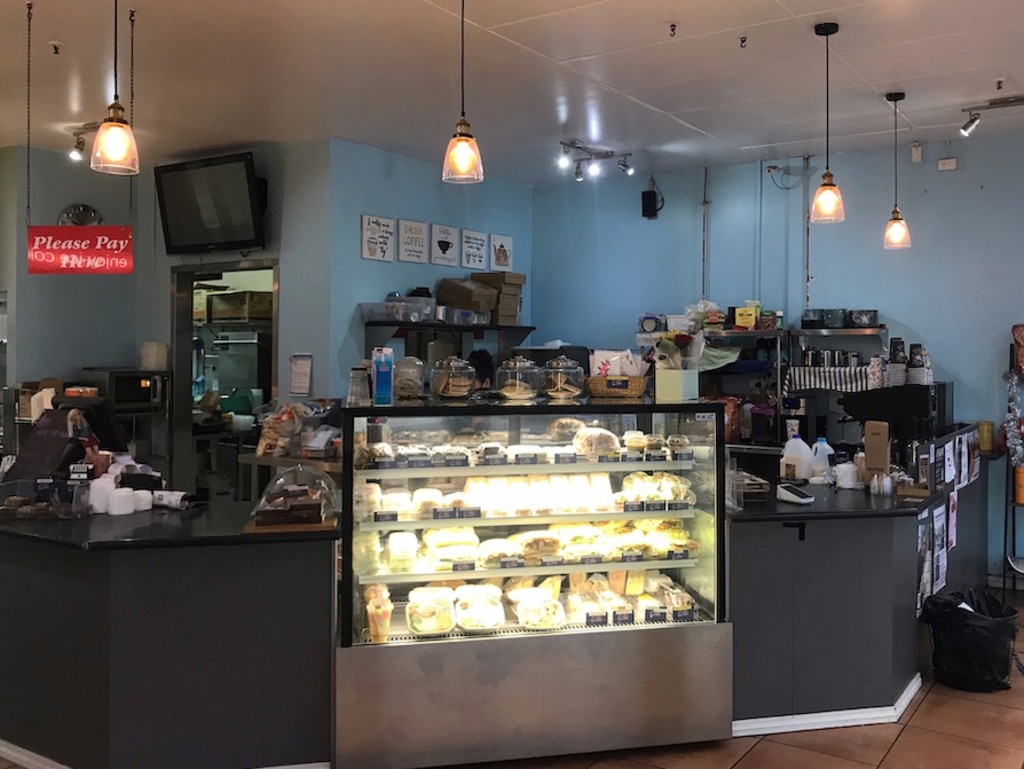
MORE: The highest paying jobs in Australia without a degree
He added, “That’s the problem for all companies [in the Pilbara], if they want someone they basically have to provide accommodation.”
Like other mining towns, Port Hedland has seen its fortunes come and go, like iron ore ships on the tide.
At the height of the mining boom, the state government was promoting Port Hedland as the “Dubai of the Pilbara” with major infrastructure projects tipped to swell the population to 50,000.
Property investors poured millions into the town, and the median house price peaked at around $1.2 million in 2012.
Most of those projects did not materialise, and the town’s property market crashed as workers left. By 2017, the median house price was just $361,825.
Things then went from bad to worse, after concerns about health impacts of dust sweeping over the town’s West End saw the state government announce a $200 million, industry-funded voluntary buyback of more than 400 homes in 2020.
“Port Hedland has lost like half of its area because they decided people shouldn’t be living in the dust zone,” Mr Bleach said.
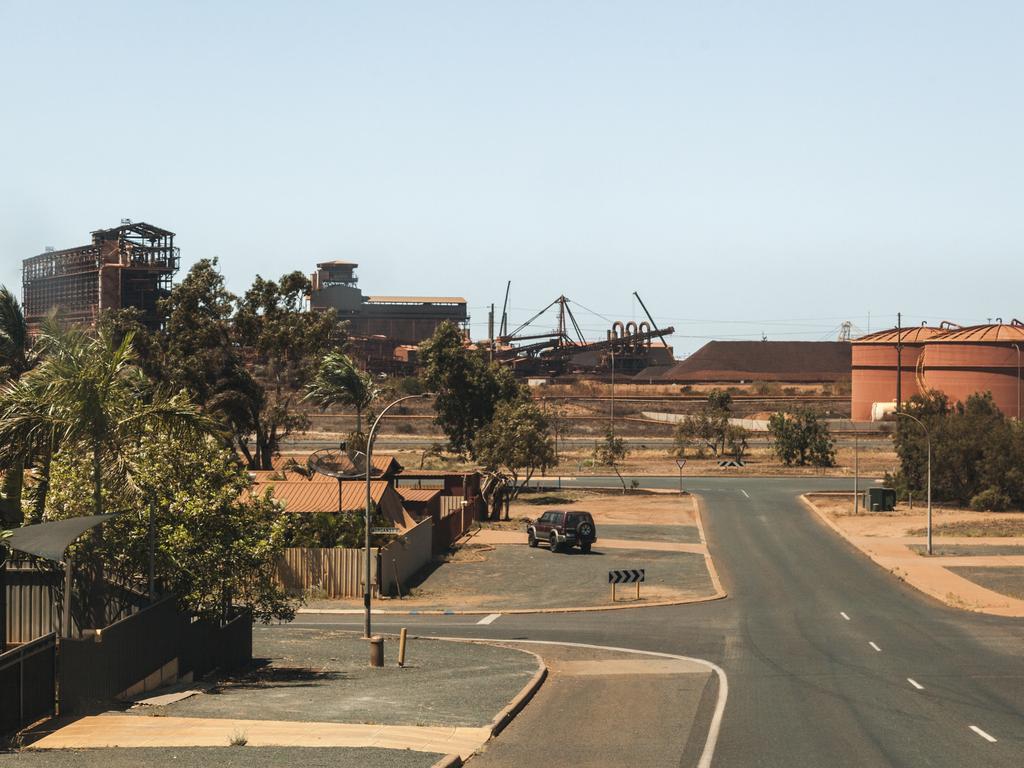
“They’ve easily bought out most of the housing between the shopping centre and West End which used to be the centre of Port Hedland. They bought them and knocked them down. Rather than fix the dust problems from the port operations they decided they would move them to South Hedland. It’s not as nice to live, there’s no sea breeze so it’s five degrees hotter. They’ve [also] got lots of social problems … which makes South Hedland not very attractive.”
But property prices have begun to rebound, with a median house now selling for $665,520.
An investment pipeline of $177 billion worth of new projects by early next decade is expected to bring tens of thousands of workers to the Pilbara.
“We need 60,000 workers in the next five years alone,” Mr Carter said.
“Plasterers, plumbers, bricklayers, carpenters, we need to have this influx of people now. Five per cent of Australia’s GDP comes out of Port Hedland, $400 million a day in revenue. It’s Australia’s Fort Knox. We’ve got billions coming in green renewable investments. We’re going to need workers to build infrastructure for these projects.”
But according to Mr Bleach, average businesses and workers are being squeezed out of the town’s two-speed economy.
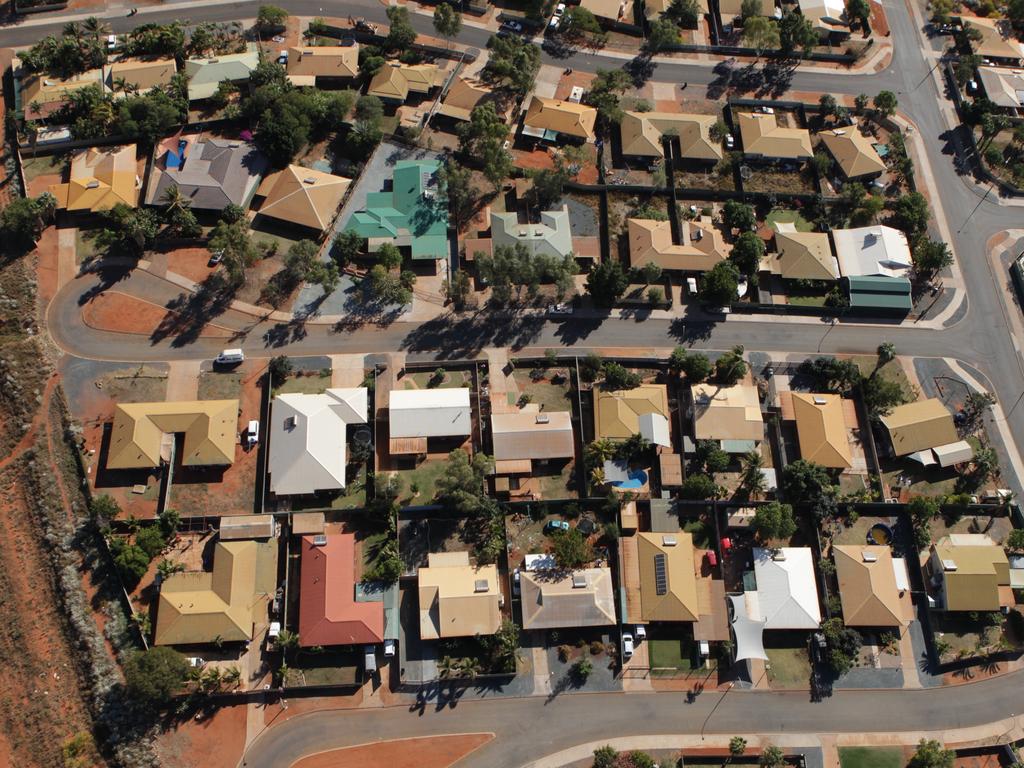
Port Hedland is the world’s largest iron ore exporting port, meaning “what BHP wants, BHP gets”.
“You could say port is the only justification for having a town here,” Mr Bleach added.
He noted he was lucky in that most of his regular staff were backpackers doing six-month visa extension stints, so were not as affected by the housing squeeze.
“We bought the cafe in 2018 so obviously struggled a lot through the Covid years — it’s only been the last two years that we’ve started to get working holiday-makers back,” he said. “I know cafe owners in Perth, we’re paying probably $10 an hour more for a similar position. Most of our staff are on $38 to $45 an hour. Basically you have to do that to keep staff because otherwise they go [work for the mining companies instead].”
He said the rental market in Port Hedland was “ridiculous”, in large part due to demand from the miners.
“Any decent accommodation gets snapped up by the mining companies or one of the trades that services the mining companies,” he said.
“The four-bedroom house we’re in would rent for $2500 a week. Anything on the port side of town you’re looking at around $1000 a week just for a three-bed, one-bathroom oldish house. If you had less FIFO and more residential then you’re going to get more service industry but the problem is a normal person who works in a cafe or as a hairdresser can’t afford the rental.”

The biggest barrier at the moment was “nobody’s building”.
“That’s the bottom line,” he said.
“It’s the lack of building blocks. A vacant block is selling for $450,000 which is ridiculous. We’re a country town in northwest WA — to build a house, it has to be category-five cyclone rated. A house that would cost you $200,000 to build in Perth is going to cost you $800,000. An apartment here is $650,000 for a two-bedroom.”
With property prices once again “extremely high … nobody wants them to go down, is the trouble”.
“We get all these proposals we hear about but nothing comes through,” he said. “We were all hopeful when we got the new marina put in last year, all the dirt came out of the area, the proposal was for more housing blocks but [the land] ended up going to the port instead.”
Mr Bleach said the Town of Port Hedland was not blameless.
“Council has not been very helpful to the town,” he said.
“Compare us to Karratha — 40 years ago they were on par but whereas Karratha has gone ahead leaps and bounds and attracted lots of new business and opportunities, Hedland basically hasn’t been [developed]. We’re the biggest iron ore exporting port in the world. Karratha exports half as much and they’ve got 10 times the infrastructure.”
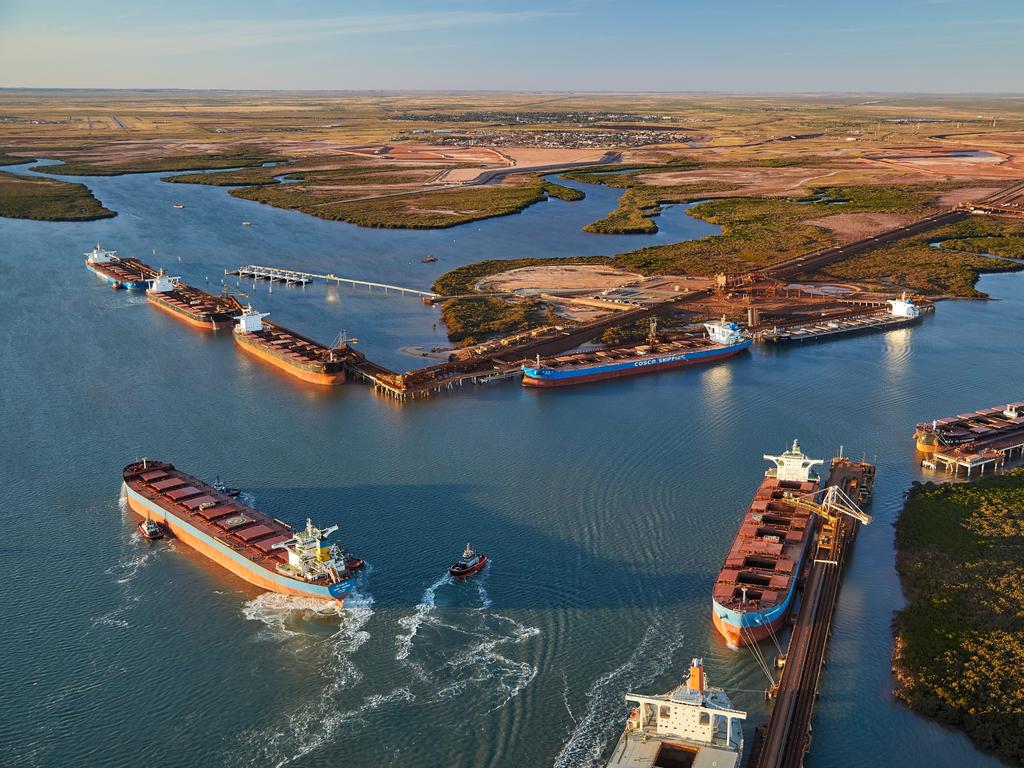
Mr Bleach does agree with the Mayor that migration will be key, however.
Regional Capitals Australia (RCA), the peak body of which Mr Carter is chair, is lobbying the federal government for changes to migration settings to better funnel new arrivals to regional areas — along with billions of dollars in funding for infrastructure and community support to accommodate the influx.
Among its requests are for the working holiday maker program expanded to include tourism, hospitality and health sectors across all regional areas.
RCA also wants the Designated Area Migration Agreement (DAMA) program to be simplified.
Under DAMA, states and territories or smaller regional authorities can enter into a formal arrangement with the federal government, under which sponsored employers can access greater numbers of overseas workers than the standard skilled migration program.
“We’re going through the DAMA application,” Mr Bleach said. “That seems to be the best way to get someone in. It even comes down to doctors — at one stage we were down to two doctors for a town of 12,000 permanent residents and another 6000 FIFO workers.”
Originally published as ‘Ridiculous’ reason cafe can’t fill $150,000 job




